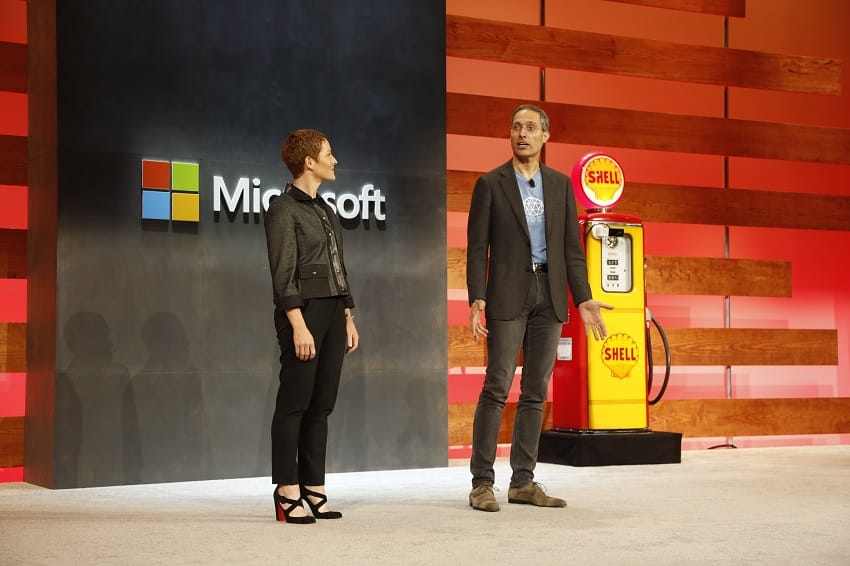At their Ignite event this week Microsoft announced a host of updates to their Azure cloud services; prominent amongst them was Windows Virtual Desktop which will enter public preview later this year. Windows Virtual Desktop delivers a multi-user Windows 10 experience allowing customers to deploy and scale Windows and Office on Azure, with built-in security and compliance. Desktop virtualization like Windows Virtual Desktop can be an important component in regulation compliance schemes, and Microsoft is planning on making it surprisingly easy to start using their new service. Once you sign up for Windows Virtual Desktop with an Azure subscription, the only additional cost is for the storage and compute consumption from the virtual machines themselves, which will live in your Azure subscription.

Microsoft intends for their Virtual Desktop service to lean heavily on Azure for compute, storage, rich diagnostics, advanced networking, connection brokering, and gateway. This should reduce deployment times to a matter of minutes, and significantly simplify scaling; if they can deliver on their plans. Microsoft also hopes to offer extensive integration with their partners and existing ecosystem. Other planned benefits include:
- A multi-user Windows 10 experience
- Cost advantages previously only possible with server-based virtualization
- Windows 7 virtual desktop with free Extended Security Updates, giving you more options to support legacy apps while you transition to Windows 10.
- The ability to choose between providing users the entire desktop experience or delivering only specific apps
Microsoft's Ignite event also brought news of several other interesting updates to everything from big data to AI to IoT.
On Monday, September 24th, the CEOs of Adobe (Nasdaq: ADBE), Microsoft (Nasdaq: MSFT) and SAP (NYSE: SAP) introduced the Open Data Initiative at the Microsoft Ignite conference. The Open Data Initiative is a common approach and set of resources for customers based on three guiding principles. One, every organization owns and maintains complete, direct control of all their data. Two, customers can enable AI-driven business processes to derive insights and intelligence from unified behavioral and operational data. Three, a broad partner ecosystem should be able to easily leverage an open and extensible data model to extend the solution. Principle one alone is a major win for businesses. Transferring data into and out of custom, proprietary formats is one of the larger time sinks for IT teams and the source of much frustration. To deliver on the Open Data Initiative, the three partners are enhancing interoperability and data exchange between their applications and platforms through a common data model. The data model will provide for the use of a common data lake service on Microsoft Azure. This unified data store will allow customers their choice of development tools and applications to build and deploy services.
Azure Machine Learning helps data scientists and developers build and train AI models. Significant new updates to the service include automated machine learning to identify the most efficient algorithms and optimize model performance, additional hardware-accelerated models for FPGAs, and a Python SDK. In addition to this stand-alone service, Microsoft is also increasingly integrating AI into office.
- Ideas in Office help people tap into the power of AI with one click of a mouse to launch intelligent recommendations in Office applications. Rolling out first for Excel and PowerPoint.
- New intelligent enhancements in Excel are generally available, giving users the ability to turn data into insights.
- Insert Data from Picture, a new feature that’s available in public preview on Android, allows users to take a picture of a table from their phones and quickly convert those pictures into an Excel file that can be edited, analyzed and shared.
- Meeting recording provides speech-to-text transcription generating a searchable transcript and automatically applying captions to the recording.
- Customizable Cortana experiences and skills with the new Cortana Skills Kit for Enterprise.
Microsoft announced several new updates related to the Internet of Things for their Azure cloud services platform of interest. First up is a new service Microsoft is calling Azure Digital Twins. It is intended to enable customers and partners to create a comprehensive digital model of any physical environment. This is a natural extension of their ongoing interest in Augmented Reality, and they hope it will help developers identify relationships and processes that connect people, places, and devices to predict future states for scenarios such as predictive maintenance, and energy management. The other update of interest is that Azure Data Box Edge public preview is now available. Azure Data Box Edge is a physical network appliance, shipped by Microsoft, that sends data in and out of Azure with AI-enabled edge capabilities. It uses FPGA hardware natively integrated into the appliance to run machine learning algorithms at the edge. The size and portability enables customers to run Azure Data Box Edge close to users, applications, and data.




 Amazon
Amazon